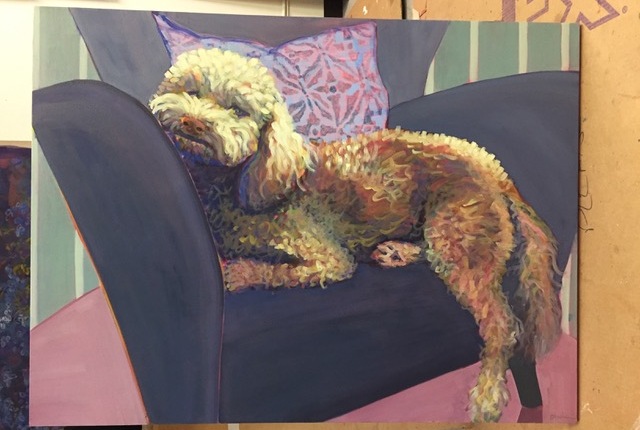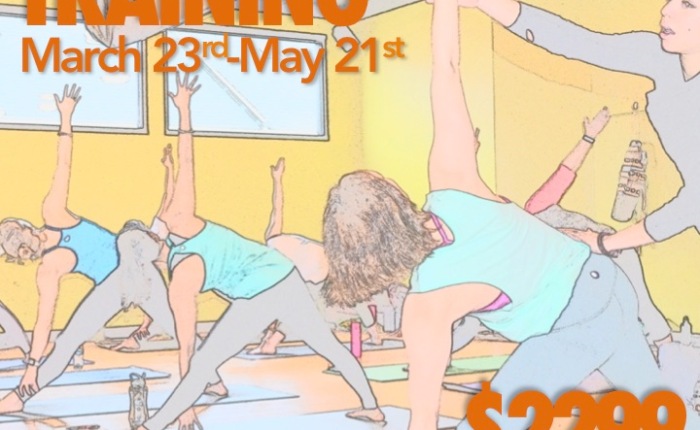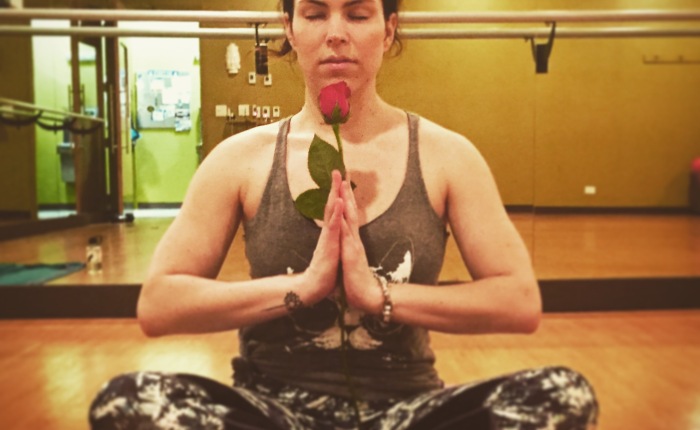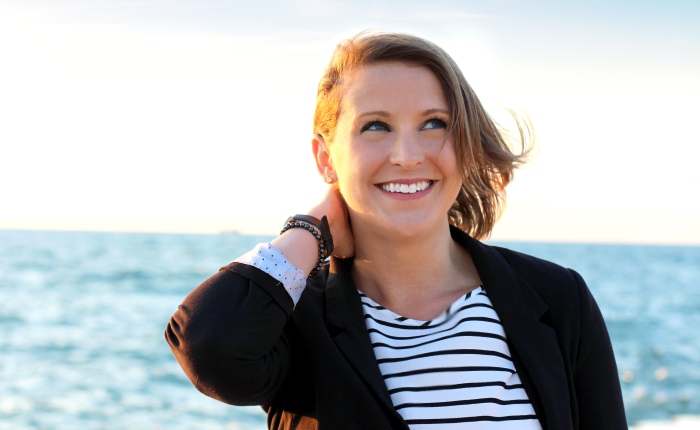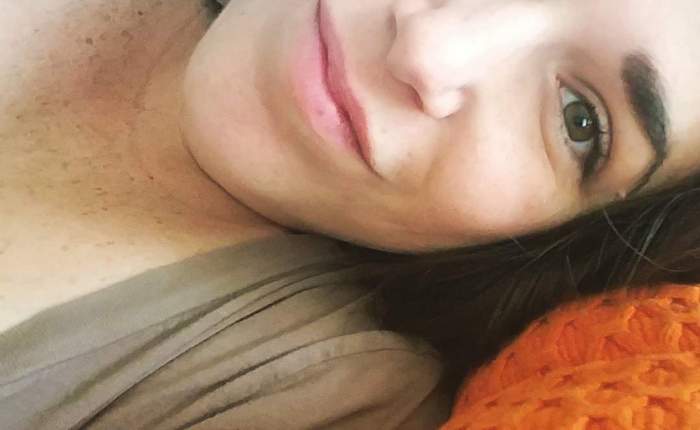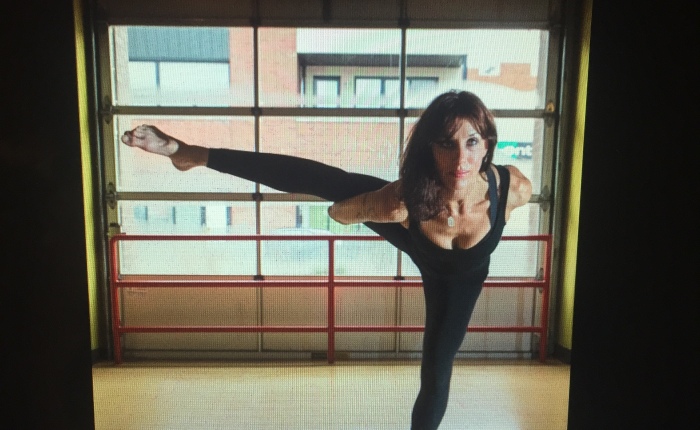by Kristen Johnson Brogan
One of the biggest things all of us have in common is we all eat. (And we all do yoga) But, food is our universal language. We all talk food. But unfortunately, we do not talk food the same, and we all have different beliefs surrounding food. However, shouldn’t something we do everyday, multiple times a day be simple and easy?
I truly believe that 100% of people don’t want to be on a diet. When we think of the word “diet,” these things typically come to mind:
- Low-calorie
- Meal plan
- Low-Carb
- Paleo
- Low-fat
- Gluten-free
- Dairy-free
- Short-term fix
- Food restriction
Now when we think about the word “dieting,” these things typically come to mind:
- Boring
- No fun
- Missing out
- My life sucks
- I want cookies!
The term “dieters” includes anyone who is trying to reduce, restrict, or otherwise alter their diet for health reasons. This includes paleo, vegan, gluten-free, low calorie, low carb, etc.
Perhaps you have heard some people say “well paleo works for me” or I can live without grains no problem. However, what I have found in my line of work is that food restrictions don’t work for most people long-term. I would be interested to ask someone 20 years later how their no-carb diet is still going?
Bottom line is that the body needs carbs, proteins, and fats to function. When we give up these macronutrients, we have macro problems!
Did you know that the brain needs 400 calories from carbs just to function properly—to think, to focus, to problem solve?
With that being said, it definitely depends on the quality the carbs, proteins, and fats that we are choosing since nothing in this world is created equal—especially food and yoga studios.
Whatever you are doing for your health, that behavior must be maintained—long-term—forever. Don’t start juicing everyday if you can’t keep it up. Find things that you can enjoy and maintain forever. Take small steps and build habits.
The secret comes down to finding a lifestyle that is healthy, fun, easy, and repeatable. Motivation and willpower will eventually run out but it will be our lifestyle that will always pick us back up.
It’s not about giving anything up—it’s about making everything better.
I believe that no food is “bad” or off limits. If someone asks if you eat a specific food, your answer should always be “it depends.” It depends on the quality. Do you eat protein/food bars? It depends on the bar? Does it have a long list of ingredients you can’t pronounce or just 3 ingredients—dates, nuts, and seeds? Do you eat potato chips? It depends on the quality of the chip. Is it made with healthier oils and sea salt? Do you eat dessert? It depends on the dessert? Is it made with real ingredients or does it come in a package?
Don’t indulge in something that is so not worth it when there are so many better options in this world that are even more delicious. Eating should be a perfect balance of purpose and pleasure. It should be enjoyed in every way. #makeitcount
The key is to find better options and upgrade the quality of everything you are eating. Don’t give up anything, just make everything better by reading the ingredient list. Reading the calories, carb, protein, and fat grams will tell you absolutely nothing about a product. Plus counting calories and anything else for that matter is so boring!
We need calories, carbs, proteins, fats but it depends on where these things are coming from. The ingredients will truly tell you whether a food is healthy or not. It takes a little something called intuitive thinking. The good news is that we are all born with this skill however we tend to rely on external sources for knowledge when it comes to food and eating.
Here’s what you should look for when reading the ingredient list:
- Less ingredients are best
- Choose real ingredients that you can pronounce
- Avoid processed corn, canola, soy, whey, palm oil & artificial ingredients
- Avoid high fructose corn syrup (Processed Corn Sugar)
- Avoid Hydrogenated Oils (Trans-Fat)
- Avoid “Natural Flavors”
Plus, when we eat foods with better ingredients, we don’t typically overeat these foods or have to worry about being restrictive in any way. If we eat an apple, how many apples do we eat at one time? One right? We don’t usually overeat broccoli, quinoa, spinach, etc. And if we do—who cares! And of course foods that don’t have an ingredient list will be the best choice.
Now this concept of upgrading the quality of the foods you are choosing sounds pretty simple right? Well then why don’t we hear more about this simple philosophy?
That’s because it’s not “sexy”, it’s not extreme enough, and there is no money to be made from it.
Perhaps you have heard of MCT oil or medium chain triglyceride oil? Medium chain triglycerides are associated with better metabolism and fat burning. Bottles range from $30.00- $50.00.
Virgin Coconut oil is MCT oil is in its purest form. It has so many more benefits than pure MCT oil and it is less than $10.00 a jar. Not only is it great for metabolism but it also has properties associated with better digestion. Virgin Coconut oil is delicious, versatile, and a total home run. MCT oil goes through a man-made process called fractionation. There is nothing natural about it.
When it comes to eating, don’t take any short cuts. Stick to real foods in their most natural state. Know “the source” of everything you are consuming especially supplements. What will be more powerful, something from a bottle or nature’s perfectly wrapped foods? Foods in their most natural state will be the most nutritious, most affordable, and most flavorful.
Say buh- bye to multivitamins and hello to real food. Get rid of processed protein powder and start adding healthier plant-based proteins like hemp seeds. Before you reach for ibuprofen, ask yourself why you may have a headache in the first place? Have you had enough water, have you ate the right foods, gotten a good night sleep, or done some yoga? Have you been outside to get any natural sunlight or fresh air? The body is always talking and it’s time to listen.
Unfortunately, we are drowning in information and starving for knowledge. The good news is that the body has an amazing way of healing itself when you give it the right ingredients. Food is knowledge for the body.
Just like Michael Pollan says “Eat food, not too much, mostly plants” and “don’t eat anything your great-grandmother wouldn’t recognize as food.”
Want to know more about what supplements to avoid and what foods to add for better health? Check out this blog post below.
http://ontargetliving.com/source-of-your-supplements/
Need more help navigating this confusing food world? Come shop with me and stock up on these nutrient-rich superfoods.
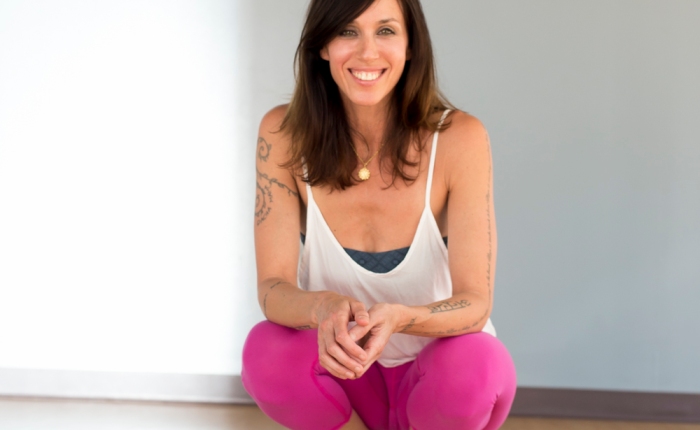
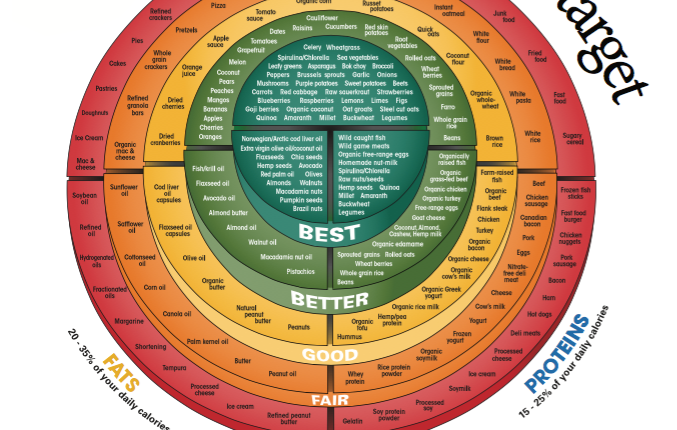
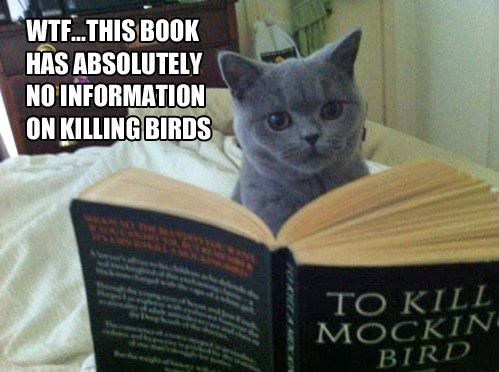 A friend of mine is being tormented by a mockingbird singing in the dead of night. The bird sings in a tree outside her window, wakes her up. She knows she only has so much time to sleep, she gets tense, she can’t sleep.
A friend of mine is being tormented by a mockingbird singing in the dead of night. The bird sings in a tree outside her window, wakes her up. She knows she only has so much time to sleep, she gets tense, she can’t sleep.